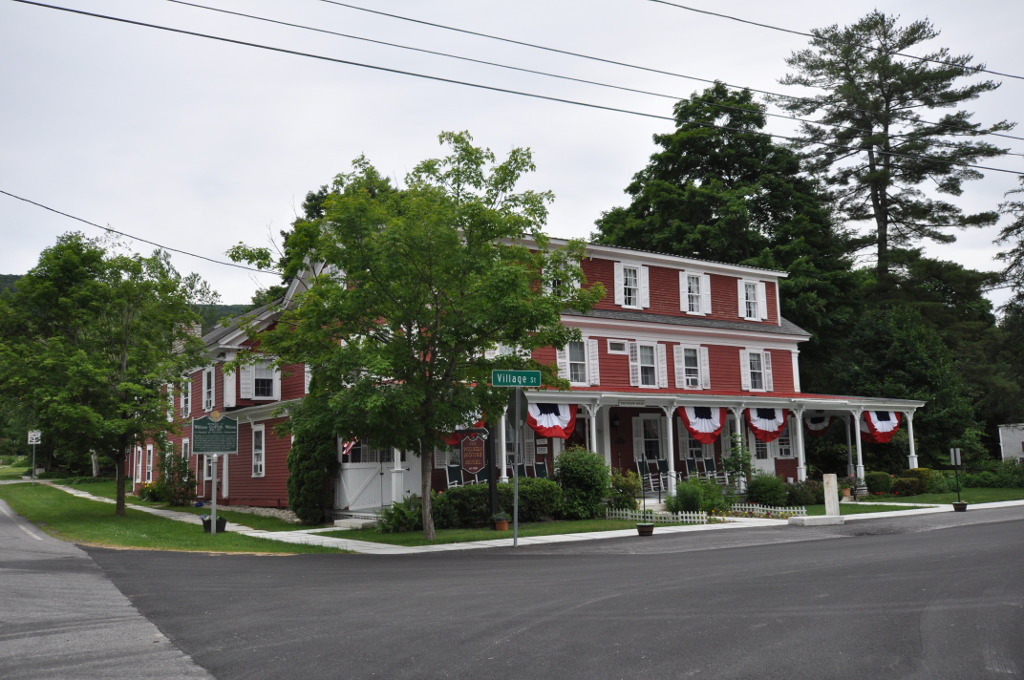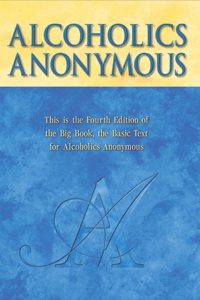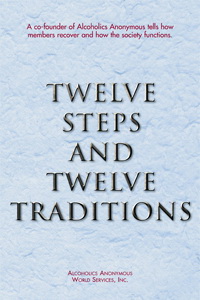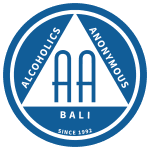ABOUT AA
HISTORY OF AA
A.A. had its beginnings in 1935 at Akron, Ohio, as the outcome of a meeting between Bill W., a New York stockbroker, and Dr. Bob S., an Akron surgeon. Both had been hopeless alcoholics. Prior to that time, Bill and Dr. Bob had each been in contact with the Oxford Group, a mostly nonalcoholic fellowship that emphasized universal spiritual values in daily living. In that period, the Oxford Groups in America were headed by the noted Episcopal clergyman, Dr. Samuel Shoemaker. Under this spiritual influence, and with the help of an old-time friend, Ebby T, Bill had gotten sober and had then maintained his recovery by working with other alcoholics, though none of these had actually recovered. Meanwhile, Dr. Bob’s Oxford Group membership at Akron had not helped him enough to achieve sobriety. When Dr. Bob and Bill finally met, the effect on the doctor was immediate. This time, he found himself face to face with a fellow sufferer who had made good. Bill emphasized that alcoholism was a malady of mind, emotions and body. This all-important fact he had learned from Dr. William D. Silkworth of Towns Hospital in New York, where Bill had often been a patient. Though a physician, Dr. Bob had not known alcoholism to be a disease. Responding to Bill’s convincing ideas, he soon got sober, never to drink again. The founding spark of A.A. had been struck.

Both men immediately set to work with alcoholics at Akron’s City Hospital, where one patient quickly achieved complete sobriety. Though the name Alcoholics Anonymous had not yet been coined, these three men actually made up the nucleus of the first A.A. group. In the fall of 1935, a second group of alcoholics slowly took shape in New York. A third appeared at Cleveland in 1939. It had taken over four years to produce 100 sober alcoholics in the three founding groups.
Early in 1939, the Fellowship published its basic textbook, Alcoholics Anonymous. The text, written by Bill, explained A.A.’s philosophy and methods, the core of which was the now well-known Twelve Steps of recovery.
The book was also reinforced by case histories of some thirty recovered members. From this point, A.A.’s development was rapid.
AA Literature
Literature published by A.A. World Services, Inc. is a resource for the recovering alcoholic and for anyone who wants to find out about Alcoholics Anonymous, its history and how it works. General Service Conference-approved literature reflects the group conscience of the Fellowship of A.A. and includes the book Alcoholics Anonymous (affectionately known by members as the Big Book); Daily Reflections, a compilation of spiritual reflections contributed by members; books written by one of A.A.’s co-founders (such as Twelve Steps and Twelve Traditions and As Bill Sees It); and a wide variety of pamphlets and booklets that deal with the Three Legacies of Alcoholics Anonymous: Recovery, Unity and Service.
BOOKS


Fourth edition (2001) of the Big Book, asic text of A.A. Since the first edition appeared, in 1939, it has helped millions of men and women recover from alcoholism. see detail


Bill W.’s 24 essays on the Steps and the Traditions discuss the principles of individual recovery and group unity. see detail
A.A.W.S. publishes literature in three languages, English, Spanish and French, which reflect the three primary languages spoken in the General Service Conference structure of the United States and Canada. We also publish and license translations of the Big Book and other literature in languages and countries around the world, much of which is available in the literature catalog published by A.A. World Services, Inc.
12 Steps Program
The relative success of the A.A. program seems to be due to the fact that an alcoholic who no longer drinks has an exceptional faculty for “reaching” and helping an uncontrolled drinker.
In simplest form, the A.A. program operates when a recovered alcoholic passes along the story of his or her own problem drinking, describes the sobriety he or she has found in A.A., and invites the newcomer to join the informal Fellowship.
The heart of the suggested program of personal recovery is contained in Twelve Steps describing the experience of the earliest members of the Society:
- We admitted we were powerless over alcohol – that our lives had become unmanageable.
- Came to believe that a Power greater than ourselves could restore us to sanity.
- Made a decision to turn our will and our lives over to the care of God as we understood Him.
- Made a searching and fearless moral inventory of ourselves.
- Admitted to God, to ourselves and to another human being the exact nature of our wrongs.
- Were entirely ready to have God remove all these defects of character.
- Humbly asked Him to remove our shortcomings.
- Made a list of all persons we had harmed, and became willing to make amends to them all.
- Made direct amends to such people wherever possible, except when to do so would injure them or others.
- Continued to take personal inventory and when we were wrong promptly admitted it.
- Sought through prayer and meditation to improve our conscious contact with God as we understood Him, praying only for knowledge of His will for us and the power to carry that out.
- Having had a spiritual awakening as the result of these steps, we tried to carry this message to alcoholics and to practice these principles in all our affairs.
Newcomers are not asked to accept or follow these Twelve Steps in their entirety if they feel unwilling or unable to do so.
They will usually be asked to keep an open mind, to attend meetings at which recovered alcoholics describe their personal experiences in achieving sobriety, and to read A.A. literature describing and interpreting the A.A. program.
A.A. members will usually emphasize to newcomers that only problem drinkers themselves, individually, can determine whether or not they are in fact alcoholics.
At the same time, it will be pointed out that all available medical testimony indicates that alcoholism is a progressive illness, that it cannot be cured in the ordinary sense of the term, but that it can be arrested through total abstinence from alcohol in any form.
- Locavit liberioris possedit
- Diremit mundi mare undae
- Spectent tonitrua mutastis
Audios & Videos
Sound and visual media help to carry the message of recovery of Alcoholics Anonymous and to inform the public and professionals about A.A.
Public Service Announcements (PSAs) are available in both video and audio formats (for television and radio broadcast), as well as other materials specifically for young people and for professionals working with alcoholics.
Watch and listen all video and audio publication at AA.org website
How it works
Rarely have we seen a person fail who has thoroughly followed our path. Those who do not recover are people who cannot or will not completely give themselves to this simple program, usually men and women who are constitutionally incapable of being honest with themselves. There are such unfortunates. They are not at fault; they seem to have been born that way. They are naturally incapable of grasping and developing a manner of living which demands rigorous honesty. Their chances are less than average. There are those, too, who suffer from grave emotional and mental disorders, but many of them do recover if they have the capacity to be honest.
Our stories disclose in a general way what we used to be like, what happened, and what we are like now. If you have decided you want what we have and are willing to go to any length to get it, then you are ready to take certain steps.
At some of these we balked. We thought we could find an easier, softer way. But we could not. With all the earnestness at our command, we beg of you to be fearless and thorough from the very start. Some of us have tried to hold on to our old ideas and the result was nil until we let go absolutely.
Remember that we deal with alcohol–cunning, baffling, powerful! Without help it is too much for us. But there is One who has all power–that One is God. May you find Him now!
Half measures availed us nothing. We stood at the turning point. we asked His protection and care with complete abandon.
Read the rest of Chapter 5 “How It Works” from Alcoholics Anonymous Big Book here
